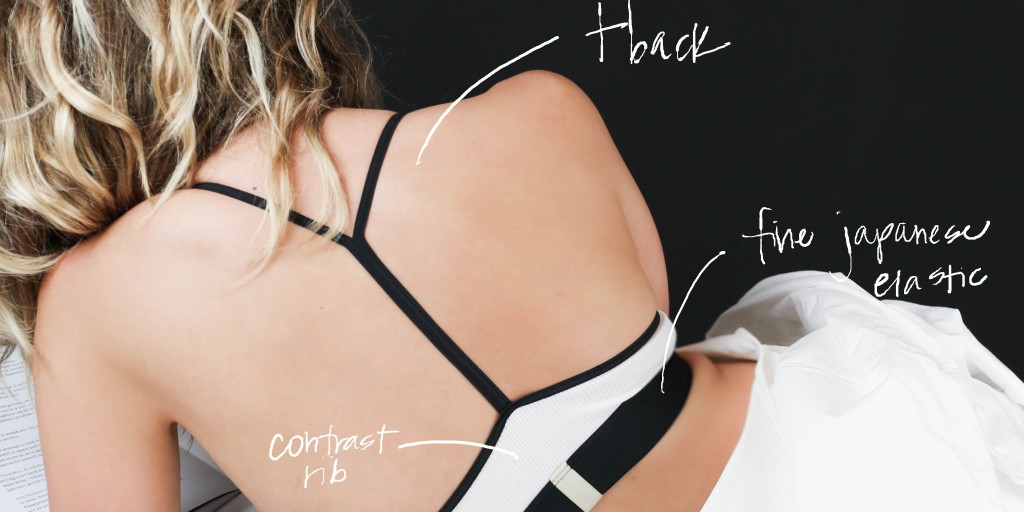NEW YORK — Few categories are as frequently — and mistakenly — lumped together as fashion and luxury. Yes, fashion can be luxurious, and yes, luxury very often involves some element of fashion. But at their core these are two distinct, separate categories that are better left treated as such. The same could be said of modern luxury and traditional, conglomerate-era luxury. Again, two very different and separate fields here.

Lean Luxe exists to both cover modern luxury and to define it. That mission is ongoing and continues to take place. In our first effort to establish a loose definition of what modern luxury looks like in the wild, we listed seven characteristics that typically define modern luxury companies (MLCs). We established a general framework there, but we thought it might be smart to flesh out this idea a bit more to better help nail it home for folks. Consider this part two, a more granular version of our initial definition.
The ‘best-in-class’ fallacy.
One fundamental trap that people run into when assessing the merits of a modern luxury brand is the tendency to judge that brand using the ‘best-in-class’ framework. Quite often, an MLC on the lower end of the modern luxury spectrum (say, Warby Parker, to use one example) will be deemed as something of a fast fashion startup, rather than an actual MLC, due to the fact that its product quality isn’t the absolute cream of the crop. That logic isn’t wrong, but it’s an incomplete way to think about modern luxury and MLCs.
The key strength of a modern luxury brand is its emphasis on the entire package, rather just the product (or logo) itself. It’s a different mode of operation that takes some getting used to, but it disperses with the conventions of the old, blingy version of luxury, and is best optimized for today’s new consumer behaviors and expectations.
The fact of the matter is that competing on product quality alone leaves a brand open to exposure. MLCs have smartly understood that a better overall package or bundle — in an open market like today’s — can be far more compelling to shoppers than just product alone can. But what exactly is a package? Here’s what we mean:
The power of the package.
- What the ‘modern luxury package’ looks like. A good-to-great (but not best-in-class) product. A convenient, consumer-centric retail strategy (often omnichannel or at least DTC). A modern, approachable aesthetic (minimalist in this case). Stronger, sharper messaging that resonates with you, the shopper. Deep product specialization (rather than a shallow, generalized product line). A reason to exist (practical application that solves a particular problem or market failure).
- This offsets the good-to-great (but not best-in-class) quality of the individual product. Altogether these MLC traits make for a more compelling package, meaning the focus is placed on the consumer, rather than relying on high pricing or rarity (necessarily) as the luxury differentiators. Still, the fact that traditional, conglomerate-luxury brands do not behave this way actually makes this package, in itself, a de facto luxury.
- More on the consumer-centric (rather than brand-centric) approach: Frankly, the ‘best-in-class’ war is typically a battle between competitors. While there are benefits for the consumer that result from that competition, the focus is typically on the brands’ own bonafides, rather than what it actually offers the consumer. Often, this leads to higher pricing due to increased marketing and branding spend needed to promote that platitude of owning that ‘best-in-class product’ mantle.
- And of course — what if shoppers never wanted best-in-class in the first place? That’s a shocking thing to consider, we know. But best-in-class assumes that there’s an objective marker, agreed upon by all — where in reality, that’s a subjective description. It also, of course, assumes that that’s what shoppers value most. But what if they’ve simply valued good-to-great product quality, with some element of personalization, and a more convenient way to buy that item? These things can only really be known in an open, consumer-centric market where new brands have a level playing field and access to consumers without the interference of gatekeepers whose motives are often misaligned with the consumer’s. Look anywhere and you can see this dynamic playing out today.
Digging deeper.
Traditional brands continue to bank on the idea that prestige and absolute quality will win out in the long term. In their defense, it’s what they know. But they might be very wrong there given that MLCs are producing products that are relatively comparable, more value driven, less widespread, more convenient, and far more transparent. They might find that customers were never attracted as much by absolute quality as they are personalization, purpose, value, and fit with their needs and lifestyle. This theory is what MLCs seem to grasp fundamentally, whether explicitly stated or not.
This might be the biggest break with existing luxury firms and modern ones. It’s a feisty argument between ‘absolutely quality wins out’ on one side, and ‘high quality, sure, but for a purpose’ on the other.
These are the types of things can completely erode an existing brand’s mystique, revealing that there’s not much behind the curtain.
MLCs, then, with the package approach, present a much more resilient and robust model that is less likely to be undermined by new categories and entrants.
In short:
MLCs understand the package game. They realize that absolute product quality only takes you so far with shoppers. So they’ve offered a better bundle to offset that — more convenience, transparency, connection, better messaging, pricing, etc. — not just absolute product quality. Because let’s face it — in a faceoff against Louis Vuitton or Hermes, they’re not going to win. But that doesn’t matter if the strength of the package is where it needs to be.






